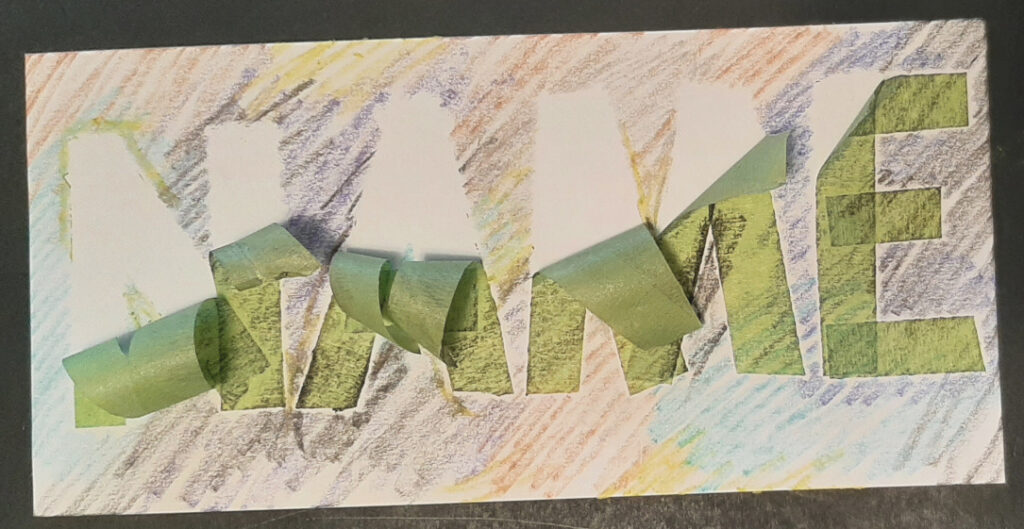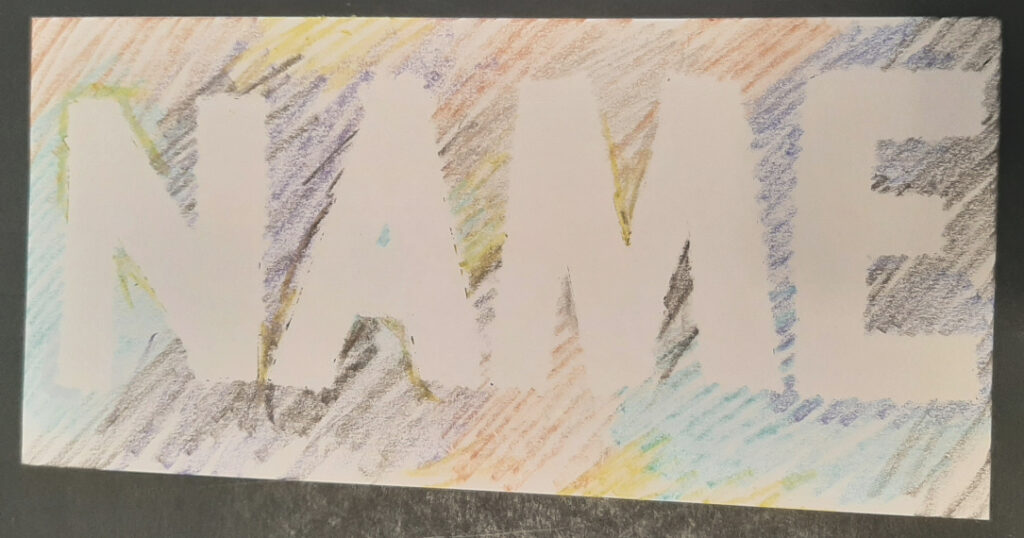
Add A Little – 2 Year Old Curriculum – Unit 7
My Name
Developmental Focus: Letter Recognition
Want to learn more? Check out the Add A Little 2Y Parent / Teacher Guide
Disclaimer: All activities require adult supervision and discretion. Read more…
Muscle Moving
Letter Hop
Supplies:
- 1 sheet of paper for each letter in your child’s name
- A marker
- Optional: Tape
Prep:
- In large letters, write one letter of your child’s name on each sheet of paper.
- Alternatively, for a large class:
- Consider doing only the first letter of each child’s name.
- Or choose 5 letters, such as “A”, “B”, “C”, “D”, and “E”. Write “A” on 4 sheets of paper so that when you call “A” every child has room to be touching one of the sheets that says “A”.
- Place the papers on the floor spaced wide enough to jump from one to the next like stepping stones.
- Optional: Test how slippery the paper is on your floor. If needed, consider tapping each paper to the floor.
Time to Play:
- Show your child how to jump from one paper to the next stating the name of the letter as you jump to it.
- Encourage your child to try.
- After jumping on the letters in order for a while, change it up by asking simple questions. “Can you find the ‘S’?” “Now where is the ‘J’?”
- For advanced children, add another layer to the challenge by adding an action or other instruction.
- For example, “Can you stomp to the ‘L’?” “Now put your thumb on the ‘T’.”
Brain Boosting
Masking Tape Name Craft
Supplies:
- Thicker paper (ideally cardstock or cardboard)
- Paints (watercolor or washable paint works, alternatively, this activity can be done with markers or crayons)
- Masking tape
- Note: Some types of paper and/or tape work better for this activity than others. If doing the activity with several children, consider doing a test picture of your own to see how well your supplies work.
Prep:
- Using the tape, write your child’s name on the paper. Consider using all caps because capital letters will be easier to create with tape. (See example below.)
Time to Play:
- Show your child the paper with their name in tape. Point out each letter, naming it as you go.
Give them the paints and encourage them to paint on the whole paper, including on top of the tape. - Tip: The more your child paints where the tape meets the paper, the better the end result will be. If needed, you can paint some yourself to help.
- Allow the painting to dry.
- Once the painting is dry, carefully pull the tape off the paper. Your child’s name should show clearly.
The example below is made using crayon instead of paint. Note how much contrast to white is needed along the edges of the letters.




Let’s Sing
ABC Song(s)
This video begins with the classic ABC Song. If you don’t already sing this song, it is a good place to start. If you’ve got that version mastered, continue listening to learn four other ways to sing the ABCs.
Link mentioned in the video: http://melissa.depperfamily.net/blog/early-literacy-storytime-singing-abcs/
Let’s Read

Chicka Chicka Boom Boom
Authors: Bill Martin, Jr. & John Archambault
Illustrator: Lois Ehlert
Let’s Read
Bible Story
Do Not Worry
Matthew 6:25-34

Beginner’s Bible Chapter:
Jesus Teaches on a Mountain
Page 318
Bonus Suggestion: Interested in a fun new ABC song to listen to? Check out Noah’s ABCs by Amy Essen.









